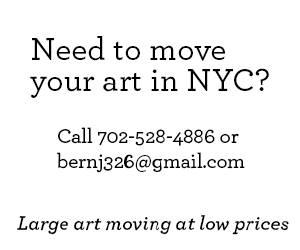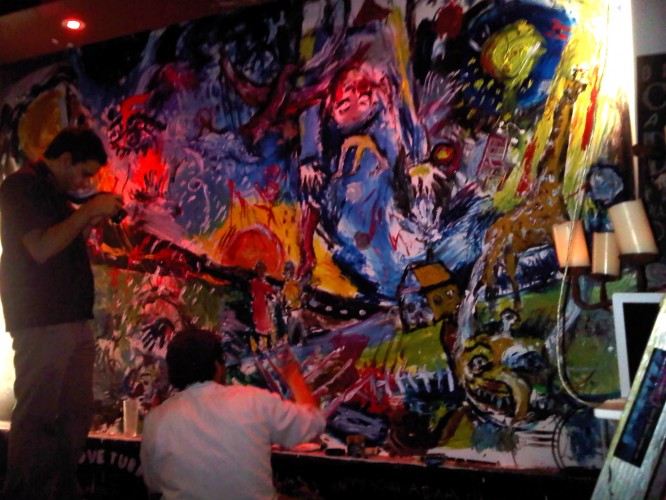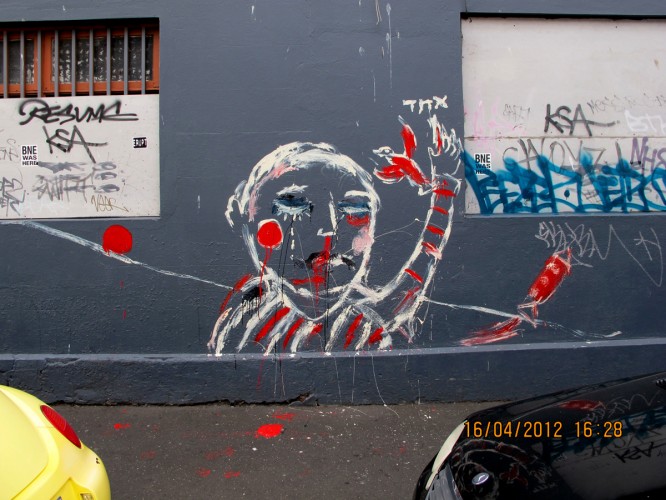Interview with David Asher Brook on Rubicon Drive
6 May2012
By Rivka Nehorai
An exclusive interview with the man behind the motion following the success of his latest exhibtion, Rubicon Drive.
JAN:Tell me about your latest exhibition; what was the theme behind your work in this show?
DAB: The exhibition was called Rubicon Drive. A rubicon is a point at which you’ve gone too far and you can’t go back. Which is like when you are driving to an unknown place, and when you are half way there you realize that you have forgotten your map or GPS, and there is no point in going back because it’s too late. So this is like painting, when you put the paint down you can’t go back, you can cover it up with other paint, but it shows through.
When I pick up the brush I find it very natural to draw certain things. One of those things is animals, so a lot of the work did feature lions, giraffes, etc, but the work was not based on a theme. I have been putting more emphasis on the paint itself, so it is less about the narrative and more about the paint quality.
IÂ understand you are interested in street art. How do people react to you during the process of creation?Â
When I start painting, the only thing I think to myself is: “Whatever happens, don’t run. You are just doing your thing.” It’s scary when you realize that the world is the best canvas.
A lot of your art deals with concepts of motion. What about motion fascinates you?
I think stop motion is still very unexplored. Naturally, people find it interesting because you see the creation without the creator. It reminds me of what Chassidus says about the sefira of Malchus; It’s like a relationship based on distance or based only on a reputation. The interest is generated by the hiddenness of that which brings this thing into motion. I am working on a few stop motions. It takes a very long time.
Are you interested in specifically reaching a Jewish audience? What types of reactions have you received from nonJews?
Sounds strange, but I found at one exhibition a lot of Asian people were buying the Jewish life paintings. These were paintings done from the farbrengen gatherings, so I guess they found them interesting in a cultural sense.
When did you begin incorporating Jewish themes into your artwork ?  Â
When I first got married, I went to a kollel, which is where they pay you a bit and you learn a lot. We had very little money but it was the best time. During that time, I did paint a lot of Jewish ideas because I was so immersed in it. Someone challenged me to do six small paintings based on the book of Malachi which was a great opportunity.
What other types of artists inspire you?
There is a lot of good art happening in Australia and I am/ have been inspired by it. I like the paintings of the Australian artist Ian Fairweather, Arthur Boyd, and Charles Blackman. The list goes on. I’m inspired by a lot of random things, line drawings in old children books, music, things that I have come to appreciate in the work of friends..
- In: News
- Tags: Australia, Painting, Street Art







